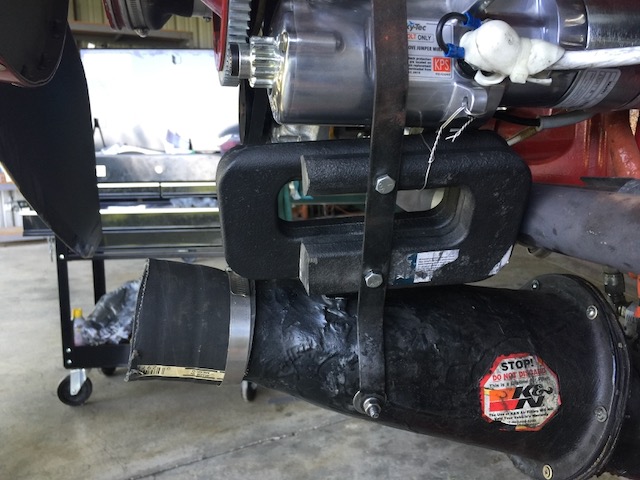I’ve seen many threads exploring ways to cope with w&b issues ensuing from the use of a light engine and prop combination (320 or 360 with a Catto, for example) on an RV-7. It got me to wondering about the relative weights of the fiberglass bits of the empennage. Could their be useful weigh savings by substituting hydroformed aluminum pieces in their place? If anyone has an as yet unassembled -7 empennage kit and would be willing to weight the fiberglass parts it could lead at least to an interesting discussion.
Jim
Jim
Last edited:





